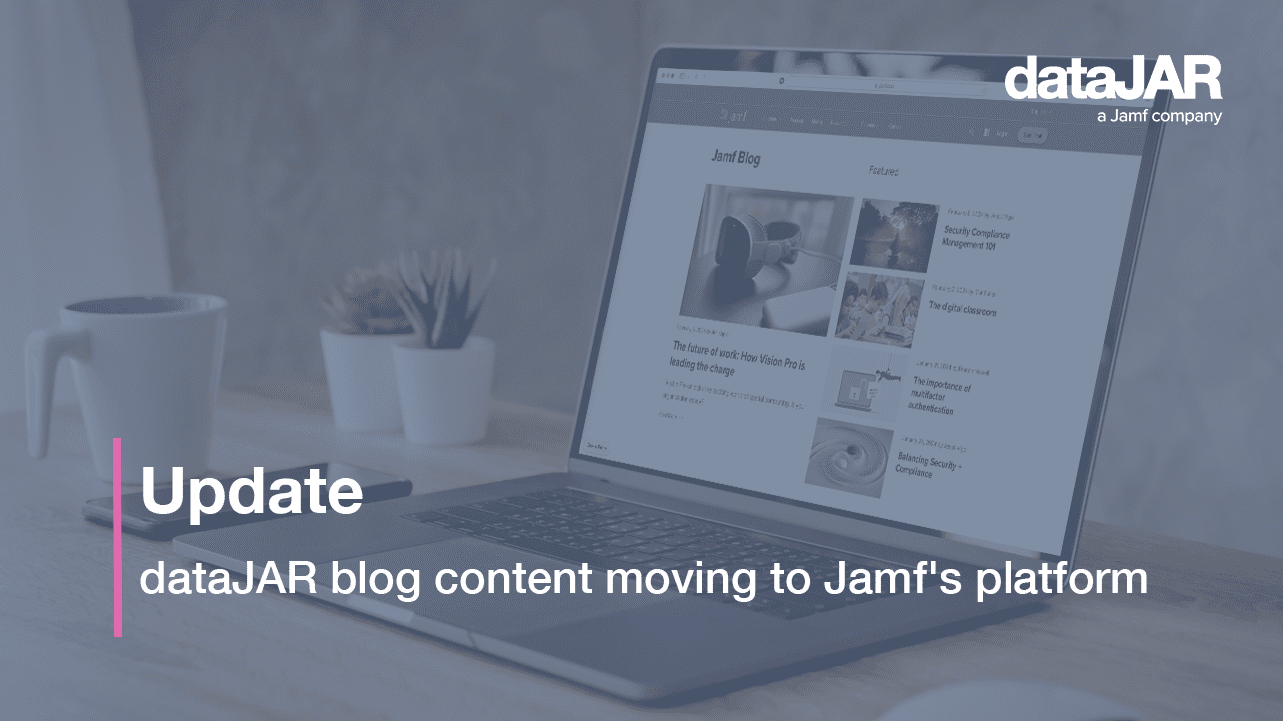Demystifying the total cost of ownership for Apple in the workplace

Apple Mac devices have a lower total cost of ownership than PCs in the enterprise.
This is a statement that might raise an eyebrow or two. After all, Macs are expensive, right? Despite report after report going back more than a decade showing that IT administrators find Macs end up costing their business less than the Windows-based equivalent, the perceived wisdom is Mac kit is simply too pricey.
This assumption is fundamentally wrong and will end up costing your business money.
The myth of Macs being hard to manage or integrate into the enterprise has long been dispelled. Even taking aside the adoption by industry giants such as IBM, solutions from the likes of Jamf and even, dare we say it, dataJAR, empower administrators with onboarding, deployment and management tools. Tools from companies such as Okta take care of identity and authentication, and end-users simply need less support and training thanks to a user experience that has, famously, been often copied but never bettered.
An Apple Mac estate will cost no more than the Windows PC-based equivalent to manage – probably a good deal less – but the hardware is still more expensive?
Perhaps if you were to stop by your local consumer retailer.
However, IT professionals must consider costs over the lifespan and replacement cycle of hardware. Apple Macs outlast their PC equivalents and changes made by Microsoft have shone a stark light on how long it expects PC hardware to endure.
The next version of Windows, due at the end of 2021, will axe support for Intel chips earlier than the eighth generation Coffee Lake. Those eighth generation CPUs were introduced in 2017, meaning an enterprise running on Windows PCs could find itself with a sudden, and unwelcome, hardware bill. Just as workers start returning to the office.
Indeed, vendors such as Dell reckon there could be as many as 700 million PCs out there that will be left out in the cold by Microsoft’s move. It is no surprise that the change in Windows, traditionally the bastion of backwards compatibility, has PC makers rubbing their hands in glee.
Consider also the cuts in long-term support from Microsoft – now down to five years – and the sheer administrative headache of dealing with the many, many flaws in Windows. In the past month alone, administrators have had to deal with PrintNightmare and its variants. Just last week, another hole turned up that has left user credentials exposed.
Then consider running a fleet of Macs, with happier users, less overhead and without the sudden changes that could render your estate obsolete overnight. Consider also the move to hybrid and remote work, with users accustomed to iPads and iOS.
It is not a question of whether Macs are expensive – they are not – it is a question of how much longer you can keep burning cash on the alternative.




